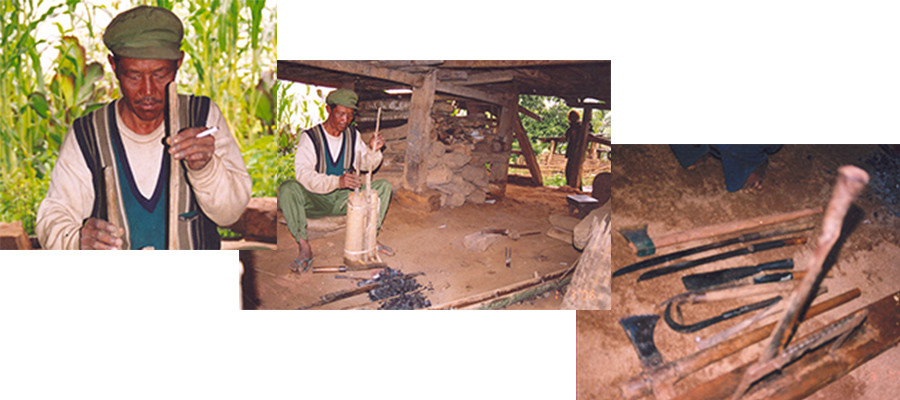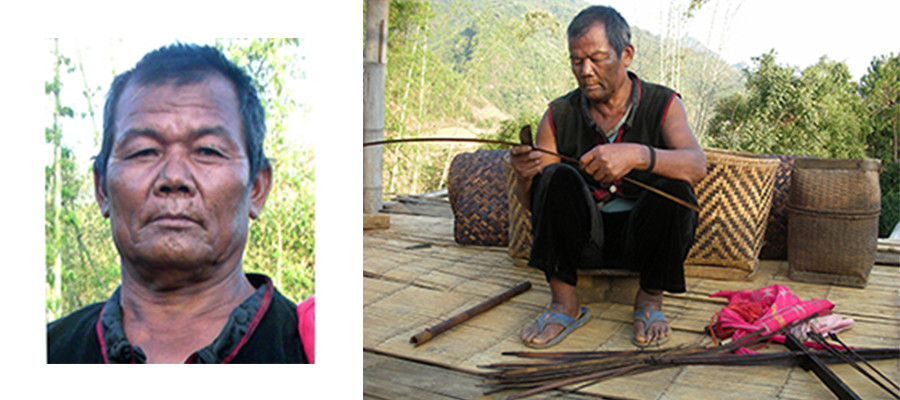
Wa Ethnic Minority
The Wa Ethnic Minority is an ancient group located in the southwestern border of China, primarily situated between the Lancang River and Salween River, extending into the southern section of the Nujiang Mountain Range. This unique group has undergone a significant transformation over time, transitioning from primitive society to a socialist society, shifting from slash-and-burn agriculture to scientific farming methods. Over the years, they have experienced rapid social and economic development, with improvements in living standards year by year.
Distribution of the Wa Ethnic Minority in Yunnan
The Wa Ethnic Minority is mainly distributed in the following regions of Yunnan Province:
-
Ximeng, Cangyuan, Menglian, Gengma, Lancang, Shuangjiang, Zhenkang, Yongde, Xishuangbanna Dai Autonomous Prefecture, Tengchong, Changning, Jingdong, and Pu’er.
Wa Autonomous Counties in Yunnan
Ximeng Wa Autonomous County(Puer) Menglian Dai, Lahu and Wa County(Puer) Cangyuan Wa Autonomous County(Lincang) Gengma Dai and Wa Autonomous County(Lincang) Shuangjiang Lahu, Wa, Bulang and Dai County
Wa Ethnic Towns in Yunnan
Hehua Dai and Wa Ethnic Town Junsai Wa, Lahu, Lisu and Deang Ethnic Town Xuelin Wa Ethnic Town Wendong Wa Ethnic Town Ankang Wa Ethnic Town Wendong Wa Ethnic Town
Protection Area of Wa Ethnic Culture
Wengding Village Wa Ethnic Culture Protection Area in Cangyuan County, Lincang Yonglao Village Wa Ethnic Culture Protection Area in Ximeng County, Puer
Cultural Heritages of Wa Ethnic Minority in Yunnan
Intangible Cultural Heritages of Wa in Yunnan
Qingxi Opera in Tengchong City, Baoshan Wooden Drum Dance in Ximeng County, Puer Hair Dance of Wa Ethnic Minority “Sigangli ” – Creation Myths
Inheritors of Wa’s Intangible Cultural Heritages in Yunnan
Yan Guo – Wa Traditional Iron Ware Yanhan Gelin – Wa Sacrificial Activities Bao Edao – Wa Wood-carving Project Sha Yingxiang – Spinning Top Project Bao Yemei – Wa Hair Dance Project Xiao Yumen – Wa Folk Dance Yan Cong – Wa Folk Dance Na Huan – Wa Folk Song and Dance Yan Gelao – Wa Folk Song and Dance Bao Enong – Wa Traditional Textile Craft Yan Kong – Wa Pottery Craftsmanship Sha Shaoxiang – Jizong Spining Top Performance Li Jiaxian – Qingxi Opera
Festivals of Wa Ethnic Minority in Yunnan
New Rice Festival of Wa Ethnic Minority New Rice Festival in Menglian County, Puer New Rice Festival in Ximeng County, Puer Wooden Drum Festival of Wa Ethnic Minority Wooden Drum Festival in Ximeng County, Puer Wild Fruit and Vegetable Festival in Ximeng, Puer Spring Festival (Xinshuijie) of Wa Ethnic Minority Cattle-butchering Dance of Wa Ethnic Minority Cattle-butchering Ceremony of Wa Ethnic Minority Gongxiang (Elephant Worship) Festival of Wa New Fire Festival (Xinhuojie) of Wa Ethnic Minority Sowing Seeds Festival of Wa Ethnic Minority Qingmiao Festival of Wa Ethnic Minority Monihei Carnival in Cangyuan County, Lincang
See more about Festivals of Wa Ethnic Minority.

 7 Days GolfingTour
7 Days GolfingTour
 8 Days Group Tour
8 Days Group Tour
 8 Days Yunnan Tour
8 Days Yunnan Tour
 7 Days Shangri La Hiking
7 Days Shangri La Hiking
 11 Days Yunnan Tour
11 Days Yunnan Tour
 6 Days Yuanyang Terraces
6 Days Yuanyang Terraces
 11 Days Yunnan Tour
11 Days Yunnan Tour
 8 Days South Yunnan
8 Days South Yunnan
 7 Days Tea Tour
7 Days Tea Tour
 8 Days Muslim Tour
8 Days Muslim Tour
 12 Days Self-Driving
12 Days Self-Driving
 4 Days Haba Climbing
4 Days Haba Climbing
 Tiger Leaping Gorge
Tiger Leaping Gorge
 Stone Forest
Stone Forest
 Yunnan-Tibet
Yunnan-Tibet
 Hani Rice Terraces
Hani Rice Terraces
 Kunming
Kunming
 Lijiang
Lijiang
 Shangri-la
Shangri-la
 Dali
Dali
 XishuangBanna
XishuangBanna
 Honghe
Honghe
 Kunming
Kunming
 Lijiang
Lijiang
 Shangri-la
Shangri-la
 Yuanyang Rice Terraces
Yuanyang Rice Terraces
 Nujiang
Nujiang
 XishuangBanna
XishuangBanna
 Spring City Golf
Spring City Golf
 Snow Mountain Golf
Snow Mountain Golf
 Stone Mountain Golf
Stone Mountain Golf












